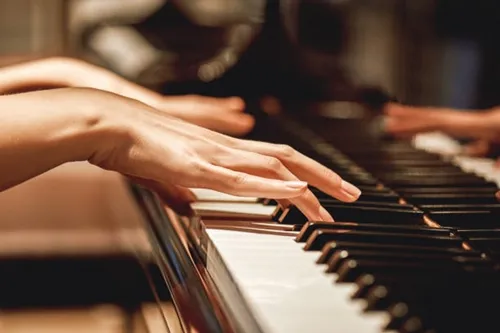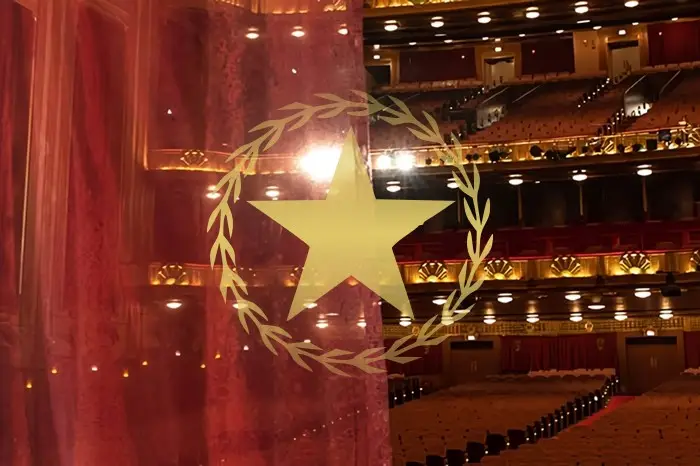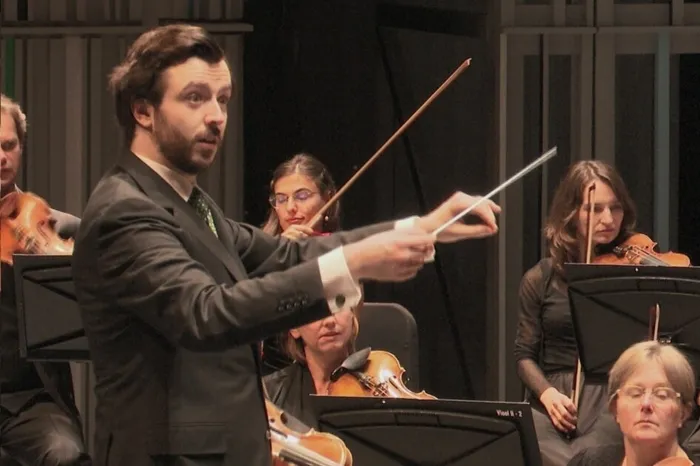
Due to the vast amount of piano repertoire available, we have decided to slightly deviate from focusing solely on individual works and instead present the best collections of piano music.
Naturally, we regret omitting numerous fantastic pieces and composers.
After carefully examining four centuries of piano history, we have made our selections. See if you agree with them.
Bach's 48 Preludes and Fugues (The Well-Tempered Clavier)
These two books of Bach's 48 Preludes and Fugues were completed in 1742 but were not published during Bach's lifetime. They serve as essential components of a pianist's repertoire, designed to be played in all keys and diverse styles and textures. Today, they are indispensable for pianists' training. Schumann encouraged aspiring musicians to make "The Well-Tempered Clavier" a daily practice.
Beethoven's 32 Piano Sonatas
Written between 1795 and 1822, Beethoven's piano sonatas represent a musical journey from Haydn (to whom the first three are dedicated) to the future of music (the last three). They mark the first substantial body of piano music suitable for large concert halls. These sonatas gradually became a fundamental part of the public repertoire for any pianist aspiring to serious musicianship, as noted by pianist Charles Rosen.
Schubert's Impromptus
Composed in 1827, during the final year of Schubert's life, this set of eight piano pieces is considered a prime example of early Romantic music. Several pieces from this collection have made their way into movies or served as inspiration for subsequent composers. The third impromptu in G flat major is particularly renowned, its serene yet melancholic melody interpreted in various shades by pianists like Vladimir Horowitz and Alfred Brendel. Each of the eight pieces contains moments of profound poignancy, tenderness, and beauty.
Brahms' Intermezzi
Written by Brahms in 1892, these three solo piano works are celebrated for their ability to convey emotions of astonishing intensity through the soft purr of a lullaby. Brahms referred to them as "cradle songs for my sorrows" and included two lines of poetry from a German translation of a Scottish poem by Johann Gottfried von Herder: "Sleep softly, my child, sleep softly and well! It grieves me so to see you weep." Perhaps Brahms was referencing his enduring, unfulfilled love for the pianist and composer Clara Schumann, with whom he shared a deep connection for forty years. As Brahms intended, Clara Schumann was the first pianist to witness these pieces.
Chopin's Études
Prior to Chopin, piano études were primarily technical exercises for improving technique. However, Chopin transformed them into artistic masterpieces, becoming one of the defining works in the piano repertoire and firmly embedding themselves in popular culture. Among the most popular are Op. 10 No. 3 ("L'Adieu"), Op. 10 No. 12 ("Revolutionary Étude"), Op. 10 No. 5 ("Black Keys"), and Op. 25 No. 11 ("Winter Wind"). One editor even warned, "Those lacking in depth, regardless of their finger dexterity, should avoid the latter."
Janáček's In the Mists
Critics have identified the influence of French impressionist composers in this set of solo piano works, evident in their mysterious, dreamlike atmosphere and vivid harmonic palette. However, this collection remains unmistakably Janáček, emotionally turbulent, rhythmically unpredictable, and even improvisational, with a sound world infused by folk elements and poised on the edge between eastern and western Europe. Written in 1912, a few years after the death of Janáček's daughter, these pieces offer a haunting glimpse into the troubled yet brilliantly original mind of the composer.
Mozart's Piano Sonatas
Although Mozart's piano sonatas may not delve as deeply into emotional depths as Beethoven's, they provide a snapshot of an extraordinary musical talent. Mozart's prowess was particularly evident in his dramatic music for the stage, as each of his piano sonatas resembles a mini opera, with graceful surfaces concealing internal drama. Each sonata tells its own story, populated with dynamic characters engaged in passionate dialogue. They offer glimpses into Mozart's character, reminding us that he pushed boundaries without violating them and infused mischievousness into elegant and graceful music. The Piano Sonata No. 11 in A major, K.331, known as the "Alla Turca," is especially popular, but there are 17 other numbered piano sonatas to explore.
Debussy's Images
Reflecting Debussy's fascination with the connection between sight and sound, this masterpiece transforms the ear into an eye. It creates musical swirls of iridescent color through inventive pianistic techniques and blurred harmonic focus. When Debussy completed his first series of Images in 1905, he expressed confidence that these three pieces would find their place in the piano literature, likening them to Schumann and Chopin. History has proven him right.
Liszt's Piano Sonata in B minor
Upon hearing Liszt's B minor sonata for the first time, Clara Schumann famously described it as "sheer racket" and "really awful." Nevertheless, among Liszt's vast piano works, this sonata, written without conforming to conventional structural design, is widely regarded as his masterpiece. Its complexity is one of the reasons why it is so beloved. Some suggest that it offers a musical depiction of the Faust legend, while others argue that its wild, intense contrasts mirror the conflicts within Liszt's own personality. Regardless, it is a work of extraordinary emotional intensity, serving as a cathartic experience for many pianists. Despite its formidable technical demands, there are now over 50 recordings of the sonata in the catalog.
Mussorgsky's Pictures at an Exhibition
This series of piano pieces was composed in response to a retrospective exhibition featuring the works of Mussorgsky's friend, the Russian artist Viktor Hartmann, who had passed away at the age of 39 in 1873. Mussorgsky, known to experience creative agonies during composition, found great joy in creating this work. "Pictures at an Exhibition" vividly captures the experience of a viewer walking through an art gallery. Its tuneful snapshots, including "The Great Gate of Kiev" and "The Hut on Hen's Legs (Baba-Yaga)," rank among the most significant pieces in the piano repertoire. Mussorgsky, an alcoholic in his later life, died before the piece could be published, and many are now familiar with Rimsky-Korsakov's orchestrated version. Nevertheless, there is much to appreciate in the raw, muscular power of Mussorgsky's original composition.



